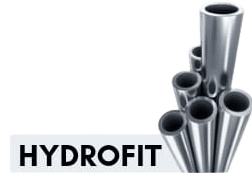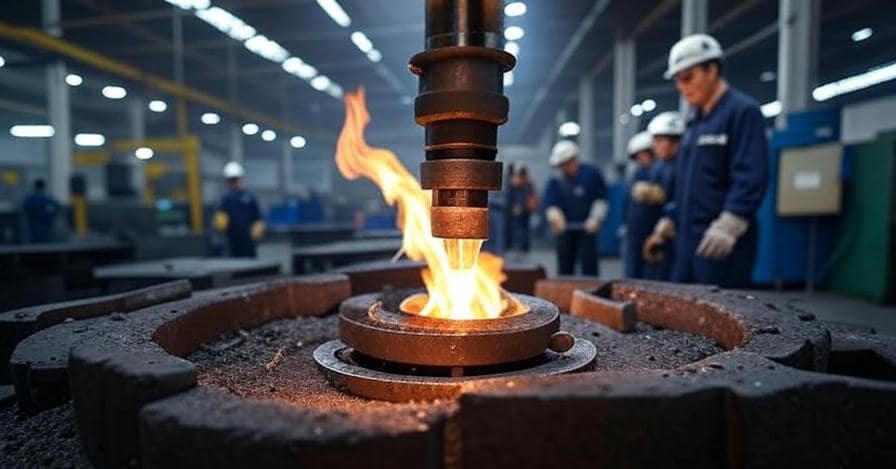+91-79045 61980 | Located in Chennai, TN
GBK Annealing Process: Complete Details

The GBK (Geglättet, Biegefähig, Kaltgezogen) annealing process is a special type of heat treatment used for seamless hydraulic tubes made from carbon steel or low alloy steel. This process is mainly done to improve machinability and mechanical property of the tubes, so that they can perform well in hydraulic system where precision and reliability is required.
Preparatory Steps in GBK Annealing Process
Before GBK annealing, tubes are produced either by hot extrusion or by cold drawing. These processes give basic hollow shape and initial dimensions. At this stage, the tube has strength but also internal stress. To make it more stable, GBK annealing is carried out later.
Cold Drawing Stage
Sometimes tubes are again passed through cold drawing before annealing. In cold drawing, tube is pulled through a die, which reduces its diameter and wall thickness but increases its length. This process gives better dimension accuracy and smooth surface finish. However, cold drawing also create stress inside the tube, which must be relieved by GBK annealing.
GBK Annealing Process
Heating
The cold drawn hydraulic seamless pipe is placed in controlled furnace. Temperature is raised slowly till around 650°C to 800°C. In this range, steel microstructure changes into austenite phase, which has face centered cubic structure.
Soaking
Once tube reaches target temperature, it is kept there for several hours. This soaking ensures the entire wall thickness of tube gets uniform heat and stable structure.
Cooling
After soaking, tube is slowly cooled inside furnace. This controlled cooling avoids sudden stress or unwanted phase. Slow cooling is most important part to ensure tube is soft, stable and reliable.
Results of GBK Annealing
Microstructure Change
During heating, ferrite and pearlite structure changes into austenite. On slow cooling, this again transforms into refined ferrite-pearlite mixture. This refined grain structure gives better toughness, ductility and machinability to the tube.
Mechanical Property Benefits
-
More ductility: Tube becomes easier to bend and less chance of crack during hydraulic pressure.
-
Stress relief: Any stress developed during cold drawing is removed, so tube is stable in working condition.
-
Improved machinability: After GBK, tube can be cut, threaded or machined easily without tool wear.
Importance for Hydraulic Systems
GBK annealed stainless steel seamless pipe, carbon steel seamless pipe or alloy steel seamless pipe becomes suitable for critical hydraulic circuits. They provide:
-
Long life with reduced failure risk.
-
Better bending capacity in tight fittings.
-
Smooth performance under high pressure.
Because of these reasons, seamless hydraulic pipes supplier in India always offer GBK annealed tubes to industries like automobile, construction equipment, power and oil sectors.
To conclude – GBK Annealing Process
GBK annealing is not just ordinary heating, it is a controlled process that refine the grain structure of steel tube. It makes hydraulic seamless pipe more ductile, machinable and free from stress. This ensures that tube can perform safely in hydraulic circuits, where even small leakage or failure is not acceptable.
For industries requiring reliability and long service life, GBK annealed seamless tubes are always the right choice.


